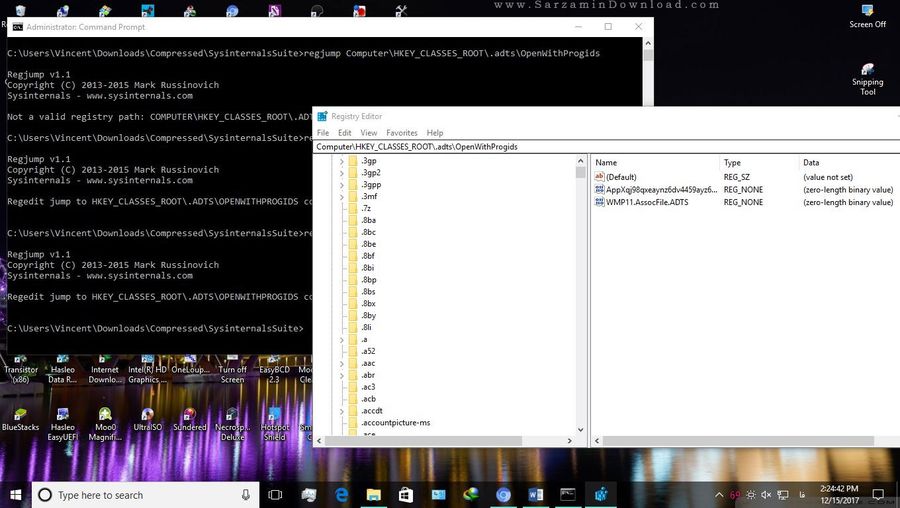
But there is a simple solution: Use a third party file manager instead of explorer.exe and execute it with System privileges. The technical background: Windows Explorer is also used as Windows shell – and Windows has an internal rule that prevents executing explorer.exe with System user rights. I've discussed this issue in 2011 within my German blog post Explorer als Administrator ausführen. An attempt to access an object via explorer will be rejected. And the solution provided above won't work for explorer.exe.

But there is a problem: Files and folders will be accessed via Windows Explorer (explorer.exe). What I used as a smooth solution to access registry keys owned by System could also be helpful to access files and folders owned by System. The command has to be executed from an administrative command prompt windows (see Windows 10: Open command prompt window as administrator). The switch – i requests an interactive mode for the program). Using the command:Įnables us to rung registry editor with System privileges (the switch – s will force that). The Sysinternals-Suite contains the program PsExec.exe, that can be run from command prompt. Instead of tampering with access rights and take ownership of the key, I came across a smoother solution. I've discussed this issue long time ago within my German blog post VMLite/VirtualBox und der USB-Support.

I was in need to delete a registry key, but that was refused. My problem was, that I've used VMLite and Virtualbox on the same machine, and ended with USB support issues. I run the registry editor (regedit.exe) via Run as administrator, but I wasn't able to change some registry keys. I came across this solution several years ago. Working with System credentials using PsExec.exe Would it not be better, if you can access objects like registry entries or file and folders with System or TrustedInstaller privileges? Well that's possible, let's have a short look at the situation. While this works, it's a sub optimal solution. In forums you will find the suggestion, to take ownership and grant full access using the Security property page or the commands takeown and icacls. Some registry entries or files could not be accessed/changed from users belonging to Administrator group, because the ownership is set to System or TrustedInstaller.



 0 kommentar(er)
0 kommentar(er)
